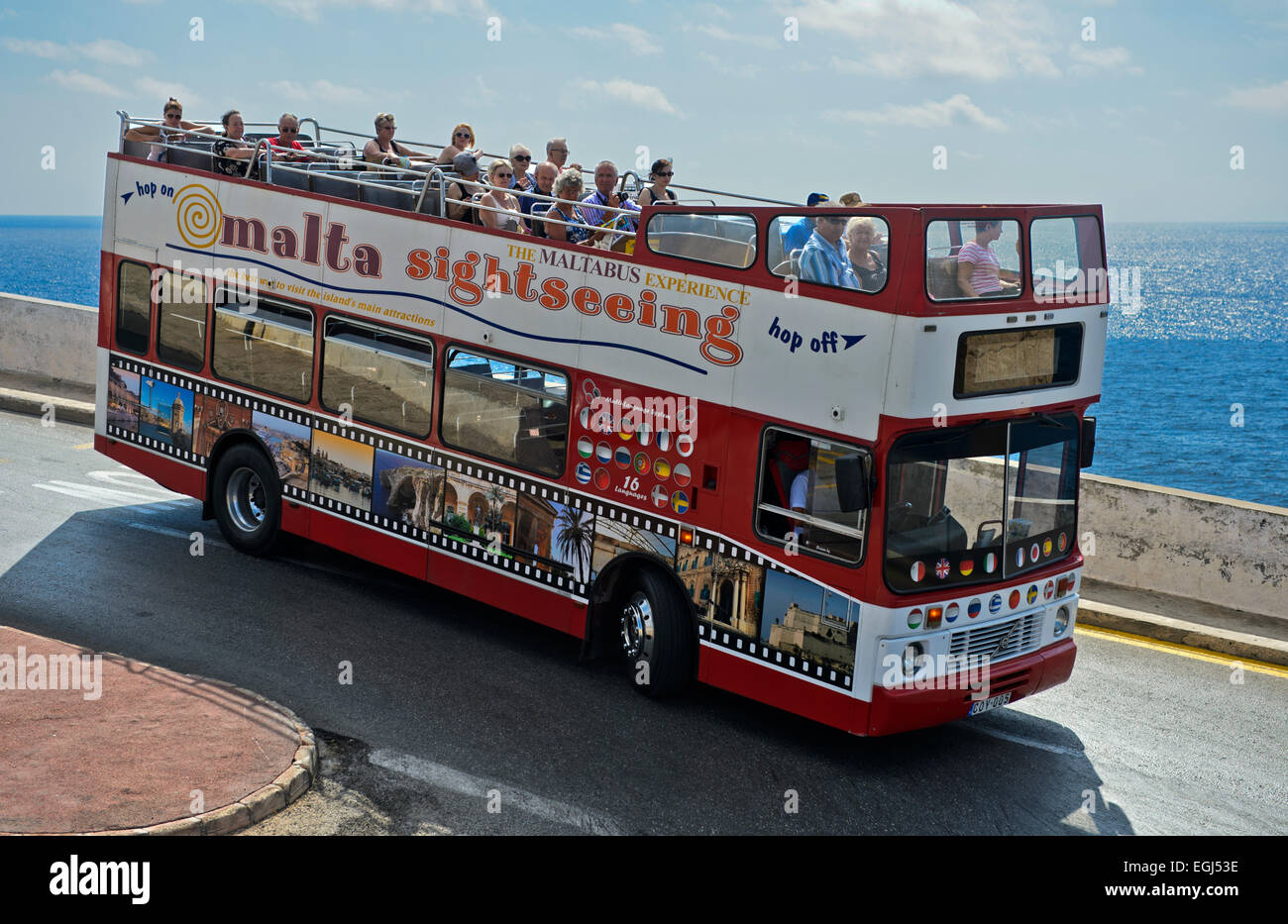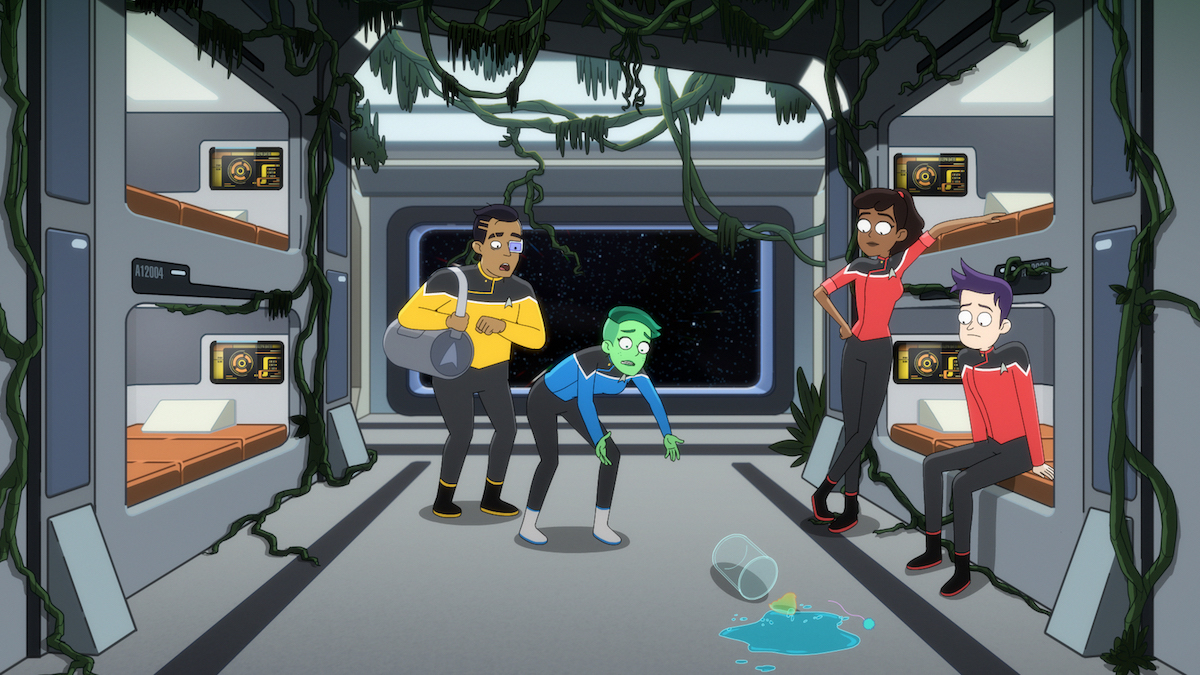Condottiere
Emperor Mongoose
Starwarships: Armaments, Spinal Mounts, and Coming Thru'
B. It's interesting that one of the sizes chosen is a a quarter megatonne
C. That's the tonnage of the Prometheus class.
D. The other end of that particular stick is the ambiguous fifty kilotonnes.
E. Ambiguous, in the sense is that us it minus six or minus eight to hit?
F. You might want to cut off a tonne from the Ghalalk, to get it it to forty nine thousand, nine hundred ninety nine tonnes
G. It might want one reassess if it's worthwhile having a heavily armed heavier cruiser.
H. So far, the Confederation Navy could justify a gap between two and five kilotonnes.
I. At this point, probably also one between twenty five to a hundred kilotonnes.
B. It's interesting that one of the sizes chosen is a a quarter megatonne
C. That's the tonnage of the Prometheus class.
D. The other end of that particular stick is the ambiguous fifty kilotonnes.
E. Ambiguous, in the sense is that us it minus six or minus eight to hit?
F. You might want to cut off a tonne from the Ghalalk, to get it it to forty nine thousand, nine hundred ninety nine tonnes
G. It might want one reassess if it's worthwhile having a heavily armed heavier cruiser.
H. So far, the Confederation Navy could justify a gap between two and five kilotonnes.
I. At this point, probably also one between twenty five to a hundred kilotonnes.


